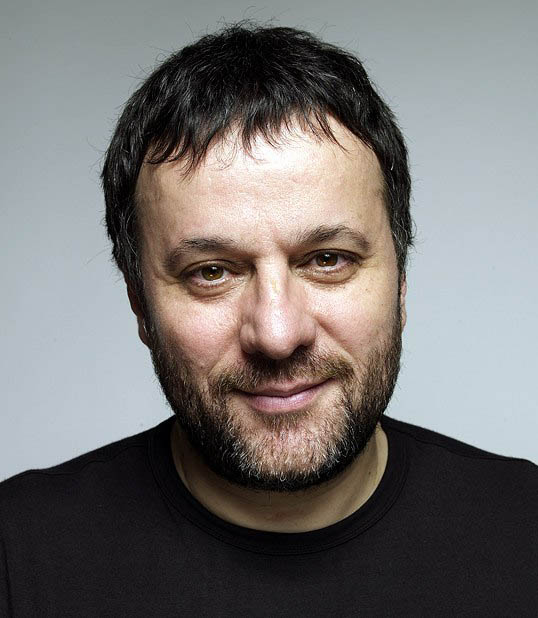

The patron saint of Corfu is St Spyridon, from the 4th century. The saint was from Cyprus, and never had any particular association with Corfu until the Fall of Constantinople, when a monk from Corfu chose to bring his relics home with him. The church housing his relics, built in the 1580s, is the main church of the island, and it attracts pilgrims and locals alike.
The alley leading up to the church, St Spyridon St, houses the peak of tourist tat. The bell tower of St Spyridon itself rises incongruous in the background.





It’s not all 17th century battlements and 18th century multi-storeys and 19th century neoclassicism. There’s also the signal contribution of the 20th century to architecture.





I was asked whether there were any signs of the presence in Corfu of the Durrell family, so beloved of English mass culture.








When my mother visited Corfu, she was very taken with the Achilleum, the summer palace of Empress Sissy of Austria-Hungary, and has been steadily encouraging me to see it.


One more venue I missed, by half an hour, was the Byzantine Museum of Corfu, and occasionally still functioning church of Our Lady Opposite the Mountain (Antivouniotissa).



I’m happier than I look! But it is toasty, 4 pm…

DJ François Kevorkian (that comparison, I got volunteered in Zante):

OK, back to me:

I’m getting mistaken as a foreigner a lot more than elsewhere, including in Rhodes. Even changing planes in Istanbul, airport staff assumed I was local and not foreign.I wonder if it’s the rather fetching fedora.
Confirmed by the waiter here: yes, it is the fedora.
My AirBnB was around the corner from San Rocco square, which itself is just outside the Old Town. The fact that the square had corners was enough to repeatedly defeat me.
One block away from San Rocco square, and I am already in Anytown, Greece, with nondescript apartment buildings. Which immediately tells me that yet again, I have gone the wrong way, and I’m heading away from the medieval city.

Once you get back on (George) Theotokis St on the way to the Old Town, you notice that the landscape changes somewhat abruptly around Belisarius St: the houses start to look noticeably older. And that’s because there are no city walls anymore, separating the old from the new city, although the occasional remnant of the walls surfaces.




This is the Museum of Asian art, Corfu.




The evidence that there were Venetians here is to be seen as well, but it needs a bit more hunting than the evidence of the British.
The first evidence I saw was a heraldic crest from 1692, randomly popped into a wall I walked past, outside Pane e Souvlaki souvlaki joint.

As I realised the following day, there nothing random about that: the building was the Old Town Ηall, which I had walked behind. Next to it on Town Ηall square, the Catholic cathedral of the city.


The second piece of evidence, this cannon randomly deposited in George Theotokis (formerly: San Rocco) Square, around the corner from my accommodation, dated 1681.

As with a lot of such administrative name changes, they get ignored by the locals. Corfu-born George Theotokis, four-time prime minister, deserves commemoration, but he already has the street leading to the square, plus a statue right beside St Spyridon Cathedral:

And because the Theotokis family were such a big deal here, it does seem like every third street in town is named after a Theotokis. The bus stop at the square is defiantly named “Saroko” instead.
The New Town Fortress is inland, complementing the Old Town Fortress in the sea. They are both formidable, and both stacked with Venetian masonry.



And both in Corfu and in Greek as a whole, most words you see ending in –ada, including pastitsada and the Spianada, are Venetian counterparts to words ending in Standard Italian in –ata.
The streetscape in Corfu is faintly reminiscent of Venice—but only faintly. Ironically, my strongest flashback of Venice was bumping into the cathedral of St Spyridon merely by turning a corner. That is something that this bit of the Old Town shares with Venice: unexpected piazzas, exploding into view.








This is what people in Corfu call a Corfu Beer Red (Κόκκινη). I call it a stout, and a damn good one.

This Cheimarios company’s Tzitzibira. You’ll know that drink as Ginger beer. It is both milder and less sweet than what I’m used to from Bundaberg Ginger Beer.

This is Royal Ionian’s Ginger Ale (they’re affiliated with Corfu Beer). At least this manufacturer knows the Hellenic word for ginger, πιπερόριζα “pepper report”.

This is a poster advertising cricket, from Anagennisi “Rebirth” Cricket Club:

In fact, from what the leader board of the recent 1st Olympia T20 Cricket tournament in Corfu tells me, there are several cricket teams in Greece, and there’s a lot more Pakistani than Greek names in them. There will have been a Corfiot/Pakistani encounter, but it looks like it happened a few years ago.
So the people of Corfu learned from the British overlords:
This place really is anti-Malia.
Malia tourist resort in Crete is everything crap about Britain, unadjusted and unrepentant. Cretans talk about the place like an infestation they have to put up with. (They don’t like drunken chavs one bit, but they do like their money.)
Corfu is looking right now like everything good about Britain, gently assimilated.
Wasn’t expecting to find this here. Next to the Liston, not too forward, not too loud, a bust of George Rallis, prime minister in the late 1970s, and local boy (albeit born in Athens). His prime ministership was not that consequential. A few Greeks, I gathered, appreciated having one prime ministerial term without histrionics from the top, wedged as his term was between Constantine Karamanlis and Andreas Papandreou.

